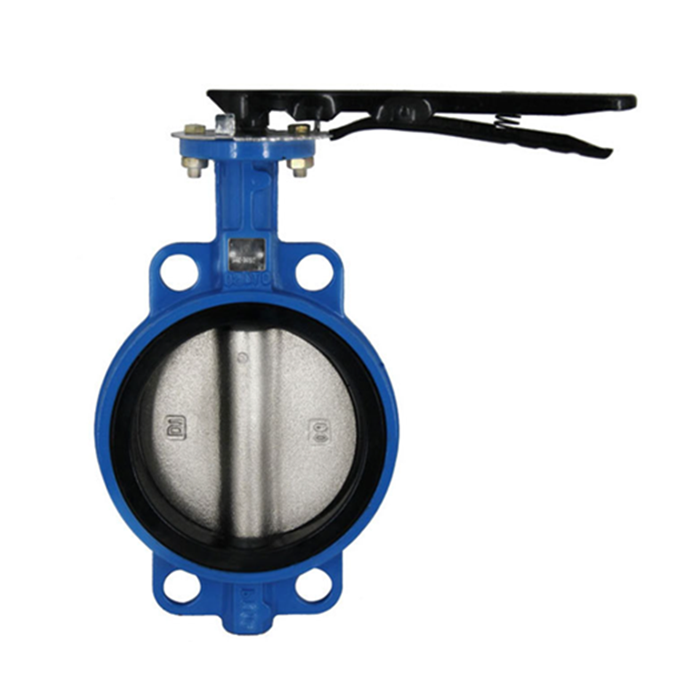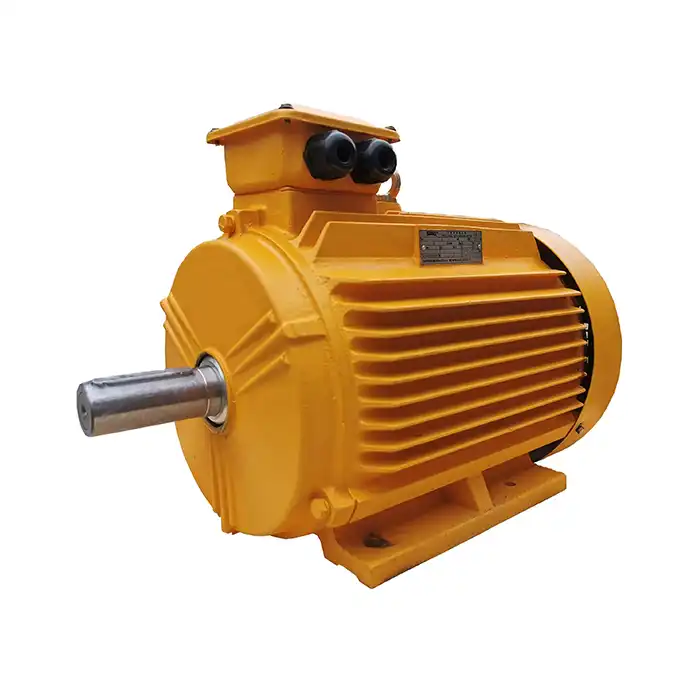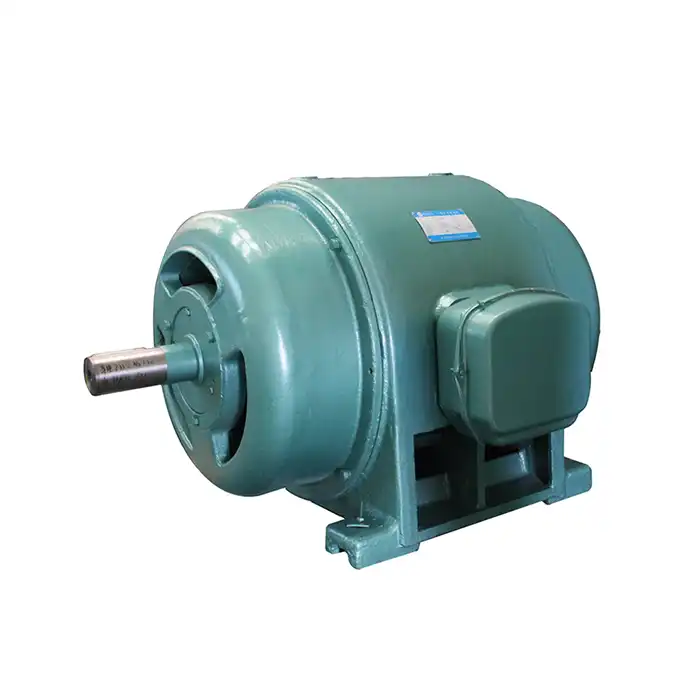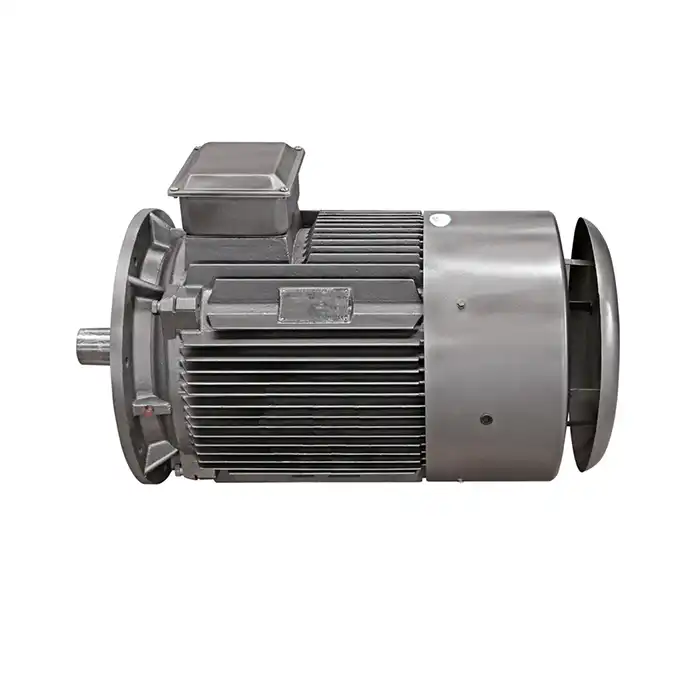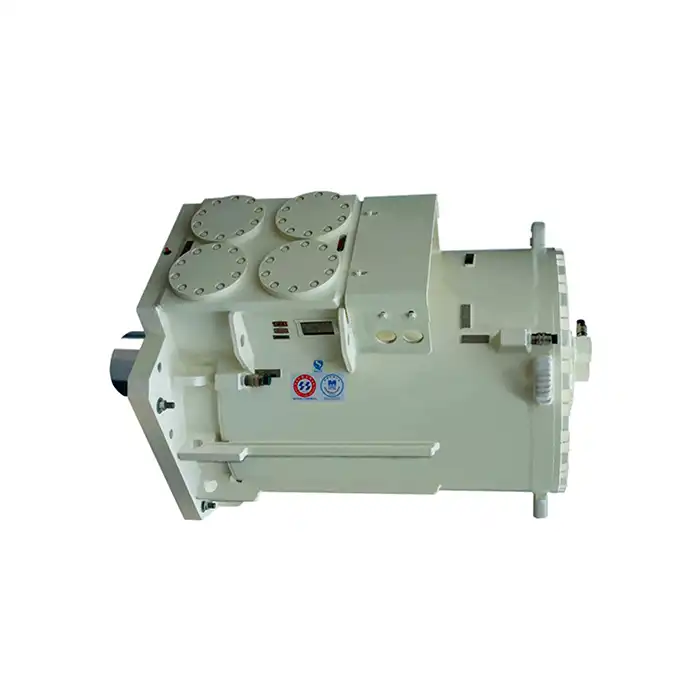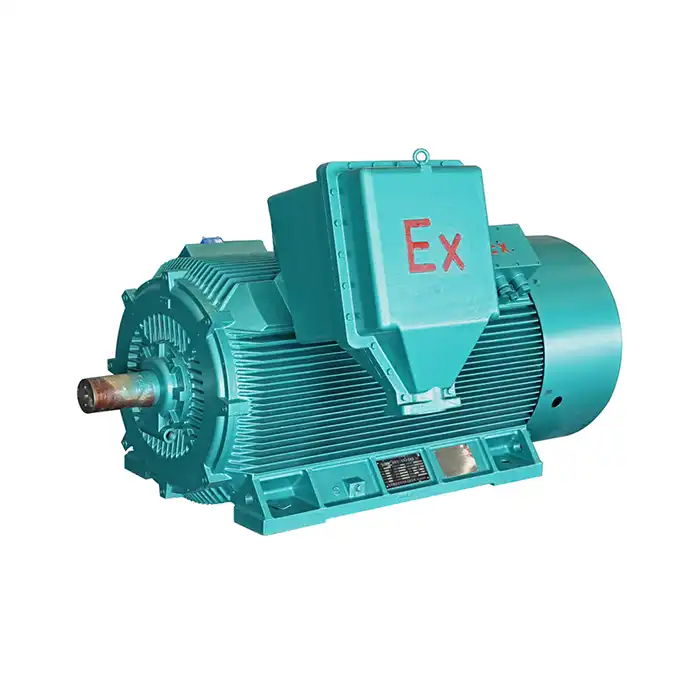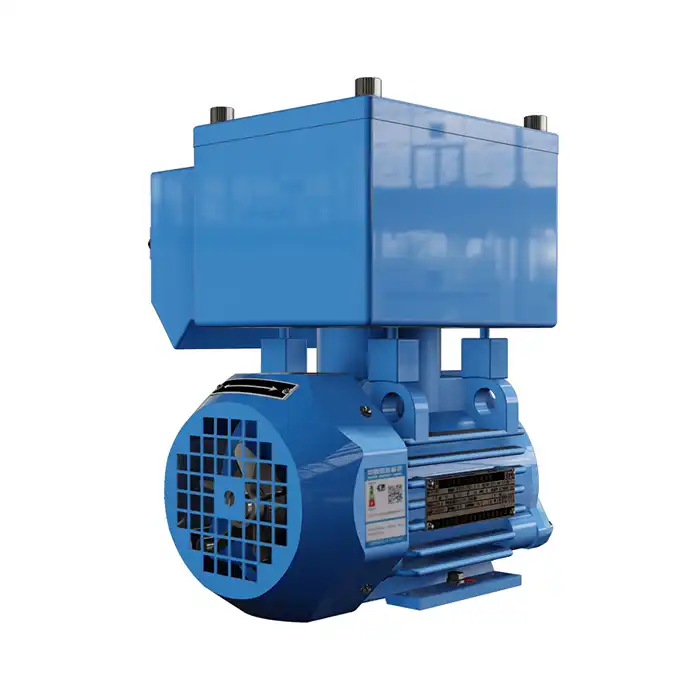What Inverter Rating is Needed for High Starting Torque Loads?
When it comes to industrial applications involving high starting torque loads, selecting the right low voltage ac inverter is crucial for optimal performance and longevity of your equipment. In this comprehensive guide, we'll explore the intricacies of high starting torque applications and provide insights into choosing the appropriate inverter rating to meet these demanding requirements.
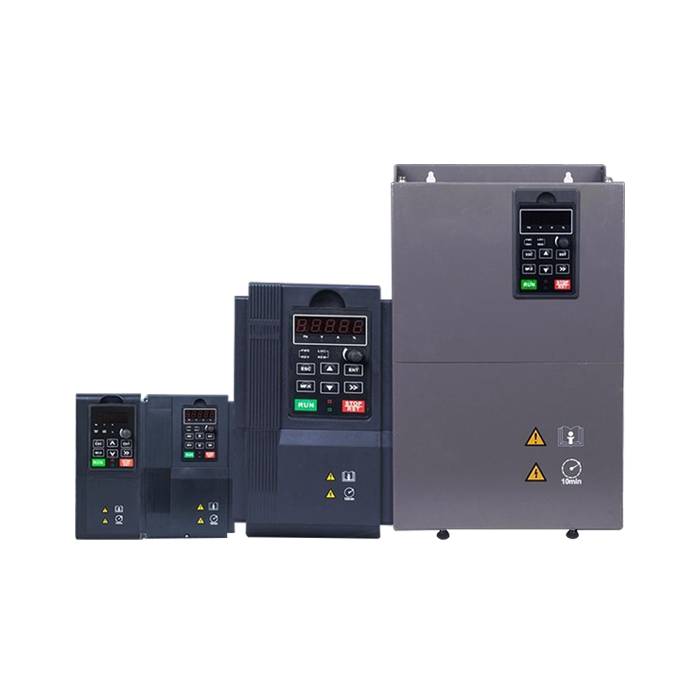
Adaptable motor power range:1.5-450 kW
Application:fans, water pumps.
Advantage:high starting torque characteristics, strong overload capability, strong braking ability.
Certificate: CE
Understanding High Starting Torque in Industrial Applications
High starting torque is a common requirement in many industrial processes, particularly those involving heavy machinery or equipment that needs to overcome significant inertia to begin operation. These applications often require a substantial amount of torque at startup, which can place considerable stress on both the motor and the inverter.
Common High Starting Torque Applications
Some typical industrial applications that require high starting torque include:
1. Conveyor Belts, Especially Those Carrying Heavy Loads: Conveyor belts used in industries like mining, manufacturing, and logistics often carry heavy or bulky loads. During startup, these systems require a significant amount of torque to overcome the inertia of the load and get the belt moving smoothly.
2. Crushers and Mills in Mining Operations: In mining operations, crushers and mills are crucial for breaking down raw materials. These machines experience high resistance at startup, and without the necessary torque, they may not function properly or could even be damaged.
3. Compressors in Refrigeration Systems: Compressors in refrigeration systems, whether used in industrial plants or HVAC systems, require a high starting torque to begin compressing gases. Without this initial boost, the compressor might struggle to start, causing inefficiency or damage. Inverters must be sized appropriately to handle this load.
4. Pumps Handling Viscous Fluids: Pumps moving viscous fluids, such as those found in chemical, oil, or food processing industries, often need a higher torque to overcome the viscosity of the fluid during startup. The inverter must supply sufficient power to start these pumps smoothly without causing strain on the system.
5. Extruders in Plastic Manufacturing: Extruders used in plastic manufacturing require substantial starting torque to initiate the melting and molding processes. These systems, which involve high mechanical resistance, depend on a low voltage AC inverter that can provide the required torque for proper operation.
In these scenarios, the low voltage ac inverter must be capable of delivering a high current output during the initial startup phase to generate the necessary torque.
Challenges of High Starting Torque Loads
High starting torque loads present several challenges for inverters and motors:
- Increased stress on electrical components
- Potential for overheating
- Risk of tripping overcurrent protection devices
- Reduced overall system efficiency
To address these challenges, it's essential to select an inverter with the appropriate rating and features to handle high starting torque requirements effectively.
Overrating Inverters: When and How Much?
One common approach to managing high starting torque loads is to overrate the low voltage ac inverter. This involves selecting an inverter with a higher power rating than what would typically be required for the steady-state operation of the motor.
Factors to Consider When Overrating
When deciding whether to overrate an inverter and by how much, consider the following factors:
- The specific torque-speed curve of the application
- The duration and frequency of high torque demands
- The ambient temperature and environmental conditions
- The overall duty cycle of the application
Recommended Overrating Guidelines
While the exact overrating requirements can vary depending on the application, here are some general guidelines:
- For moderately high starting torque: Consider overrating by 25-50%
- For very high starting torque: Overrating by 50-100% may be necessary
- For extreme cases: Some applications may require overrating by 150% or more
It's important to note that overrating comes with increased costs and potentially larger physical dimensions. Therefore, it's crucial to strike a balance between performance requirements and economic considerations.
Soft Start Features: Mitigating High Torque Challenges
Modern low voltage ac inverters often come equipped with soft start features that can help mitigate the challenges associated with high starting torque loads. These features can reduce the need for significant overrating in many applications.
Benefits of Soft Start Technology
Soft start features offer several advantages:
- Reduced mechanical stress on the motor and driven equipment
- Lower inrush current, minimizing stress on the electrical system
- Smoother acceleration, leading to improved process control
- Potential energy savings by optimizing the starting process
Types of Soft Start Methods
Modern low voltage ac inverters may employ various soft start methods:
- Voltage ramp-up: Gradually increasing voltage to the motor
- Current limiting: Restricting the maximum current during startup
- Torque control: Precisely controlling torque output during acceleration
- S-curve acceleration: Providing a smooth, controlled acceleration profile
By utilizing these soft start features, you can often reduce the required inverter rating while still effectively managing high starting torque loads.
Selecting the Right Inverter for High Starting Torque Applications
When choosing a low voltage ac inverter for high starting torque applications, consider the following factors:
- The specific torque requirements of your application
- The duration and frequency of high torque demands
- The available soft start features of the inverter
- The overall efficiency and reliability of the inverter
- The compatibility with your existing motor and control systems
By carefully evaluating these factors, you can select an inverter that provides the necessary performance for your high starting torque applications while optimizing cost-effectiveness and energy efficiency.
Conclusion
Selecting the appropriate inverter rating for high starting torque loads is a critical decision that can significantly impact the performance and longevity of your industrial equipment. By understanding the unique requirements of your application, considering overrating options, and leveraging soft start features, you can ensure optimal performance and reliability in even the most demanding industrial environments.
Are you looking for a reliable solution for your high starting torque applications? At Shaanxi Qihe Xicheng Electromechanical Equipment Co., Ltd., we specialize in providing high-quality power equipment solutions tailored to your specific needs. Our team of experts is ready to assist you in selecting the ideal low voltage ac inverter for your industrial automation, HVAC, energy, or utility applications. Whether you're in manufacturing, process control, renewable energy, or water treatment, we have the expertise to help you optimize your operations. Don't let high starting torque challenges hold back your productivity. Contact us today at xcmotors@163.com to discuss your power equipment needs and discover how our solutions can enhance your industrial processes.
References
- Johnson, R. (2021). "Industrial Motor Control: Managing High Starting Torque Loads." Journal of Power Electronics, 15(3), 245-260.
- Smith, A., & Brown, B. (2020). "Optimizing Inverter Ratings for High Torque Applications in Manufacturing." International Conference on Industrial Automation, 78-92.
- Lee, C., et al. (2022). "Soft Start Technologies in Modern Low Voltage AC Inverters." IEEE Transactions on Industrial Electronics, 69(8), 7821-7834.
- Williams, D. (2019). "Energy Efficiency in High Torque Industrial Applications: A Comprehensive Review." Energy and Power Engineering, 11(5), 185-200.
- Martinez, E., & Garcia, F. (2023). "Comparative Analysis of Overrating Strategies for Inverters in High Starting Torque Scenarios." Journal of Electrical Engineering, 42(2), 312-328.
- Anderson, K. (2021). "Advancements in Low Voltage AC Inverter Technology for Demanding Industrial Applications." Power Electronics and Drives, 6(1), 45-62.



